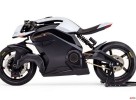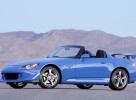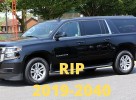A new NASA study explores an innovative way to cut the cost of a human expedition to Mars by putting the crew in stasis.
The deep sleep, called torpor, would essentially reduce astronauts' metabolic functions with existing medical procedures, according to Discovery News. Torpor also can take place naturally in cases of hypothermia.
"Therapeutic torpor has been around in theory since the 1980s and really since 2003 has been a staple for critical care trauma patients in hospitals," aerospace engineer Mark Schaffer, with SpaceWorks Enterprises in Atlanta, said at the International Astronomical Congress in Toronto last week. "Protocols exist in most major medical centers for inducing therapeutic hypothermia on patients to essentially keep them alive until they can get the kind of treatment that they need."
A crew could be put in hibernation for the transit time to Mars, which would take 180 days one-way, best-case scenario, according to Discovery News.
The duration of a patient's time in torpor state has been limited to around one week.
"We haven't had the need to keep someone in (therapeutic torpor) for longer than seven days," Schaffer said. "For human Mars missions, we need to push that to 90 days, 180 days. Those are the types of mission flight times we're talking about."
The payoff looks impressive economically. Crews will be able to live inside smaller ships with fewer amenities like galleys, exercise gear and clothing, water, and food, according to Discovery News.
One design includes a spinning habitat which would provide a low-gravity environment to help offset bone and muscle loss.
SpaceWorks' study was funded by NASA, and shows a five-fold reduction in the amount of pressurized volume need for a hibernating crew. It also shows a three-fold reduction in the total amount of mass required, including food and water.
Putting a crew in stasis cuts the baseline mission requirements from around 400 tons to 220 tons as well, according to the study.
"That's more than one heavy-lift launch vehicle," Schaffer said
See Now: OnePlus 6: How Different Will It Be From OnePlus 5?






















